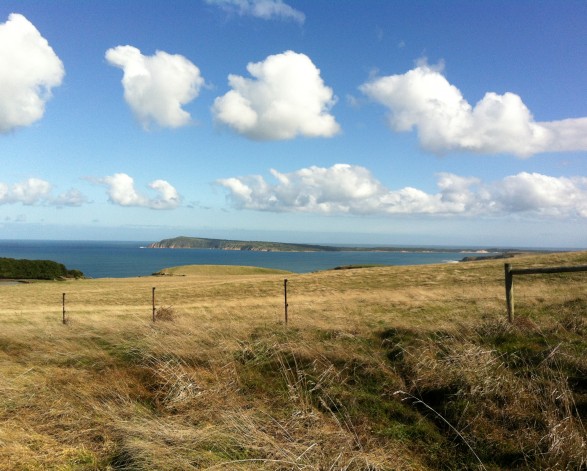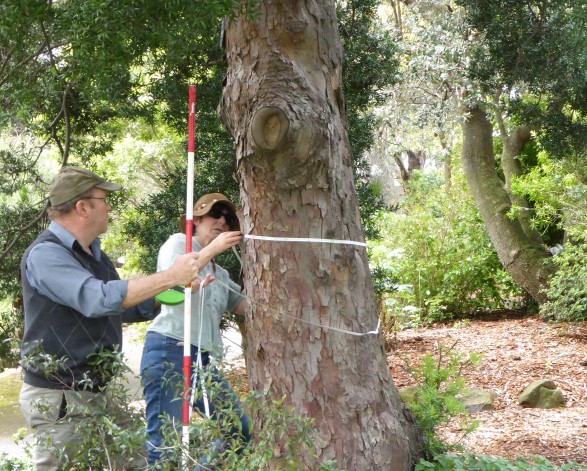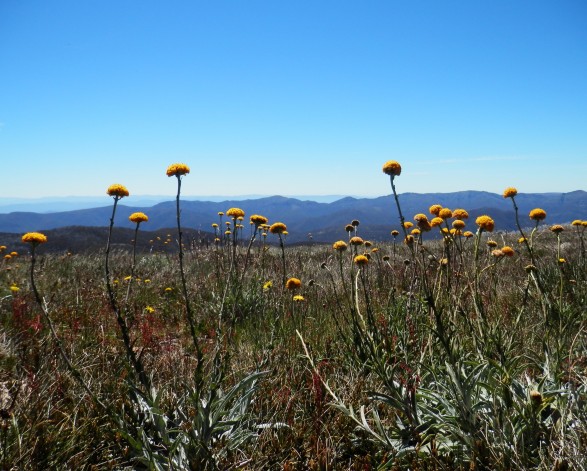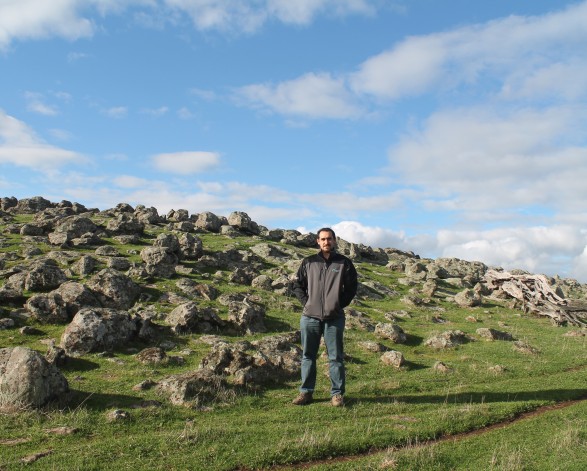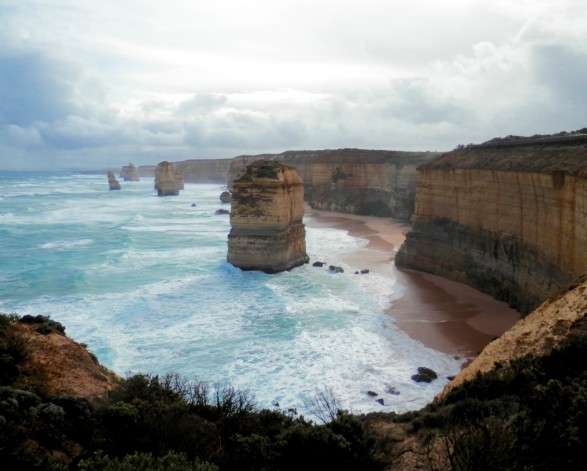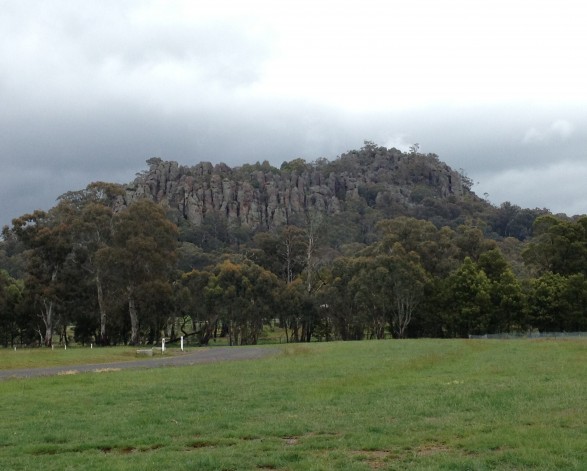Classifying and protecting Victoria's landscapes
Victoria contains some of the most beautiful natural and cultural landscapes in the world, but they are increasingly at risk from inappropriate development. Specific threats include poorly designed infrastructure, intrusive buildings, subdivisions, loss of visually or ecologically significant vegetation, and plantings unsympathetic to heritage and landscape values. The National Trust has been working for more than 30 years to identify and record the important natural and cultural landscapes of the state.

